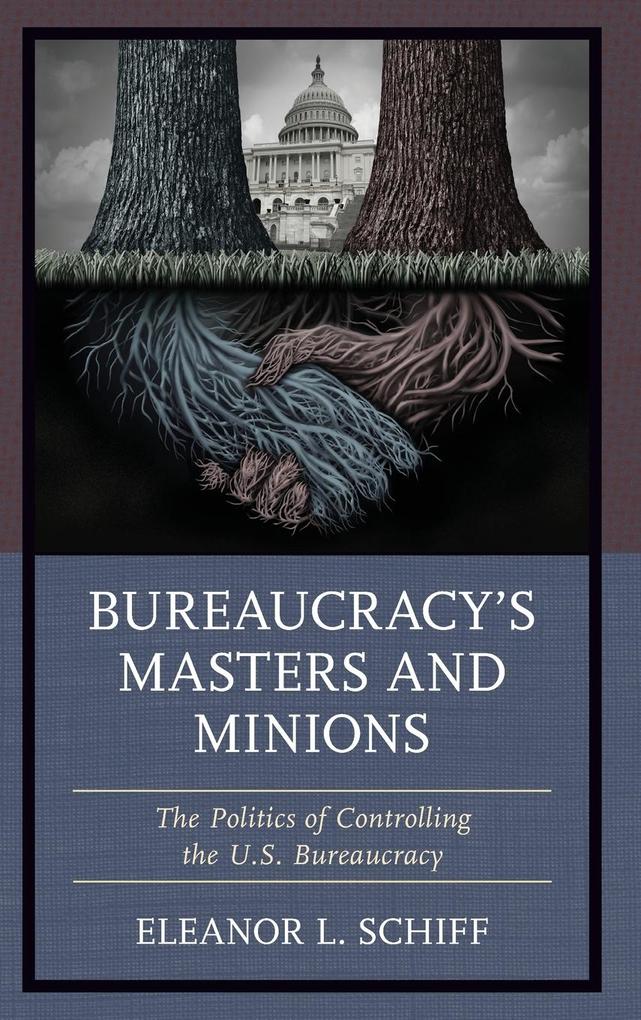
Zustellung: Mo, 05.05. - Do, 08.05.
Versand in 1-2 Wochen
VersandkostenfreiBestellen & in Filiale abholen:
In Bureaucracy's Masters and Minions: The Politics of Controlling the U. S. Bureaucracy, the author argues that political control of the bureaucracy from the president and the Congress is largely contingent on an agency's internal characteristics of workforce composition, workforce responsibilities, and workforce organization. Through a revised principal-agent framework, the author explores an agent-principal model to use the agent as the starting-point of analysis. The author tests the agent-principal model across 14 years and 132 bureaus and finds that both the president and the House of Representatives exert influence over the bureaucracy, but agency characteristics such as the degree of politization among the workforce, the type of work the agency is engaged in, and the hierarchical nature of the agency affects how agencies are controlled by their political masters. In a detailed case study of one agency, the U. S. Department of Education, the author finds that education policy over a 65-year period is elite-led, and that that hierarchical nature of the department conditions political principals' influence. This book works to overcome three hurdles that have plagued bureaucratic studies: the difficulty of uniform sampling across the bureaucracy, the overuse of case studies, and the overreliance on the principal-agent theoretical approach.
Inhaltsverzeichnis
Chapter 1: Bureaucracy as a Whipping Boy for Politicians and Citizens Alike
Chapter 2: A Survey on Bureaucratic Control Mechanisms
Chapter 3: The Business of Agency Budgeting: Incrementalism
Chapter 4: Reflecting, Refining and Revising the Principal-Agent Approach: an Agent-Principal Model
Chapter 5: Using an Agent-Principal Model to Test Who Controls the U. S. Bureaucracy
Chapter 6: Elite Education: Understanding the Dynamics of K-12 Education Policy Changes
Chapter 7: Bureaucratic Control, Intransigence, and Fortitude
Chapter 2: A Survey on Bureaucratic Control Mechanisms
Chapter 3: The Business of Agency Budgeting: Incrementalism
Chapter 4: Reflecting, Refining and Revising the Principal-Agent Approach: an Agent-Principal Model
Chapter 5: Using an Agent-Principal Model to Test Who Controls the U. S. Bureaucracy
Chapter 6: Elite Education: Understanding the Dynamics of K-12 Education Policy Changes
Chapter 7: Bureaucratic Control, Intransigence, and Fortitude
Produktdetails
Erscheinungsdatum
23. Juli 2020
Sprache
englisch
Seitenanzahl
156
Autor/Autorin
Eleanor L. Schiff
Verlag/Hersteller
Produktart
gebunden
Gewicht
387 g
Größe (L/B/H)
235/157/13 mm
ISBN
9781498597777
Entdecken Sie mehr
Bewertungen
0 Bewertungen
Es wurden noch keine Bewertungen abgegeben. Schreiben Sie die erste Bewertung zu "Bureaucracy's Masters and Minions" und helfen Sie damit anderen bei der Kaufentscheidung.









